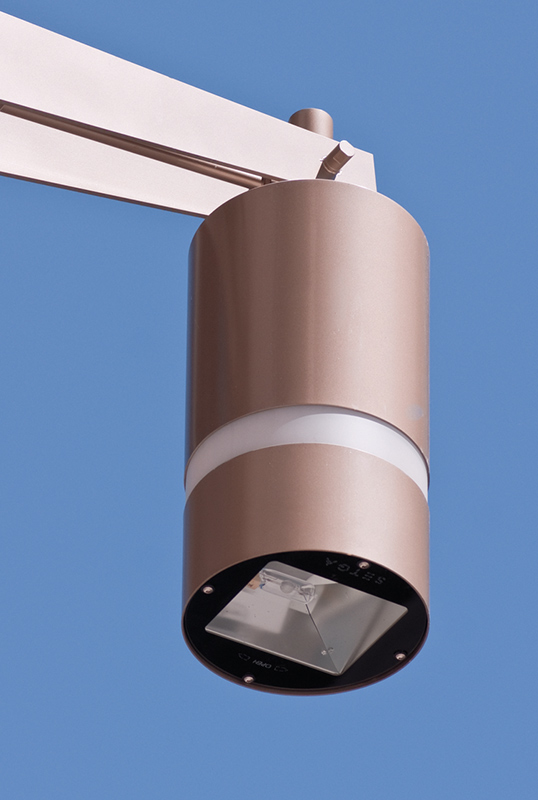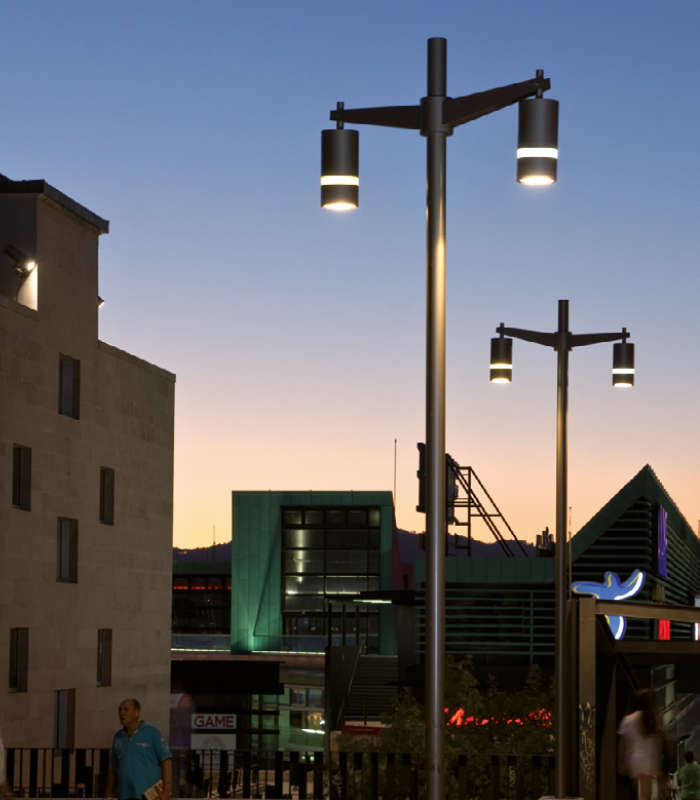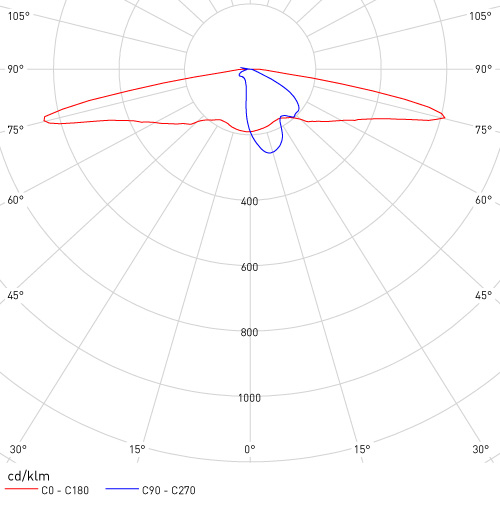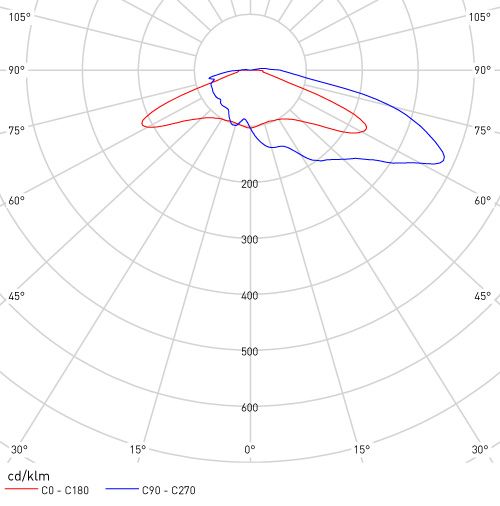CHV


CHV
PresentationA JOURNEY TO THE LATE NINETEENTH CENTURY
The past encounters modernity in a harmonious and stylish design, based on recognizable, pure geometric lines. The late-nineteenth century Pieler lamp was the inspirational reference for an innovative light product that fits respectfully into environments of high architectural value.
ORIGIN AND EVOLUTION
An historical lamp integrated into a cylindrical Stainless Steel body is the origin of the CHV series, which creates an urban night scene that evokes magic and nostalgia. The dialogue between space and time conceives an emotive lighting language for the unique personality of each space. The intimacy of positional lighting layouts applied over façades combines with the fascination and safety generated by directional lighting layouts applied across roads. The choice of finish and colour ensure the daytime integration of this series in historical surroundings.
MATERIALS AND STRUCTURE
The CHV lantern body consists of an AISI304 or AISI316 Stainless Steel structure to prevent the degrading action of highly aggressive environments, such as coastal areas. A circular frame of anodized, extruded aluminium 6063-T6 is incorporated as a LED module heat sink.
This lamp is characterized by a water tightness rating of IP66, and its light body comprises a LED beacon made of high impact PMMA, highly resistant to UV radiation.
Technical keys



The CHV lamp is based on the principle of direct thermal dissipation between the LED PCB and the compact aluminium chassis. The dissipation body comprises a continuous heat pipe of anodized aluminium 6063-T6, which achieves thermal conductivity levels of 200 W/metre Kelvin, compared to 130 W/metre Kelvin of aluminium injection. The low porosity of anodized aluminium plus a thermal pad over the contact surface between the PCB and the dissipation body significantly reduce the diode’s junction temperature.
According to the US Energy Agency, relief on the upper surface of the fixture severely hinders the dissipation process that takes place by convection, becoming a critical element for performance and life.
To overcome this challenge and to enhance the natural self-cleaning process, SETGA has equipped the CHV lamp with a completely uniform upper surface, thus preventing dirt accumulation, and the ensuing obstruction and inefficiency of the thermal dissipation system.
Descriptive views

Dimensions and installation
The CHV lantern is born as a new reinterpretation of antique lamps but with simpler and more uniform lines.
Its housing is divided by a small cylindrical light body used as a beacon system, while the main light is projected from the bottom of the lantern.
The installation is reduced to the placement of its main axis perpendicular to the ground, thus allowing its location in arms to facade, catenaries and columns.


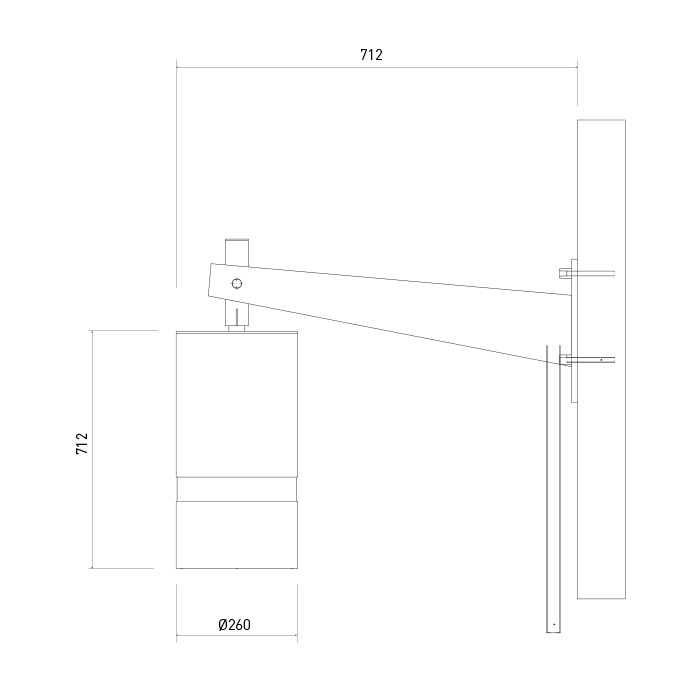
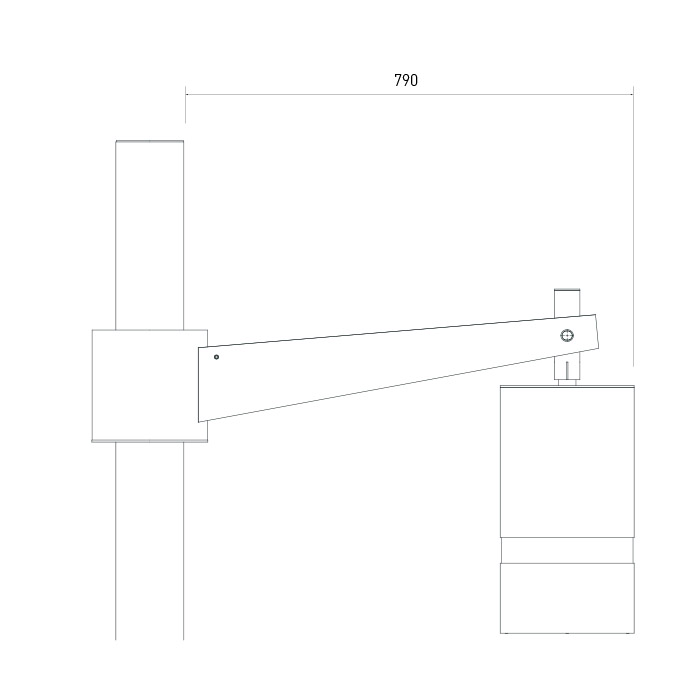

Creators

Elena Maure
Architect and Urban Planner (Vigo)


Do you have a technical question?
Ask us


